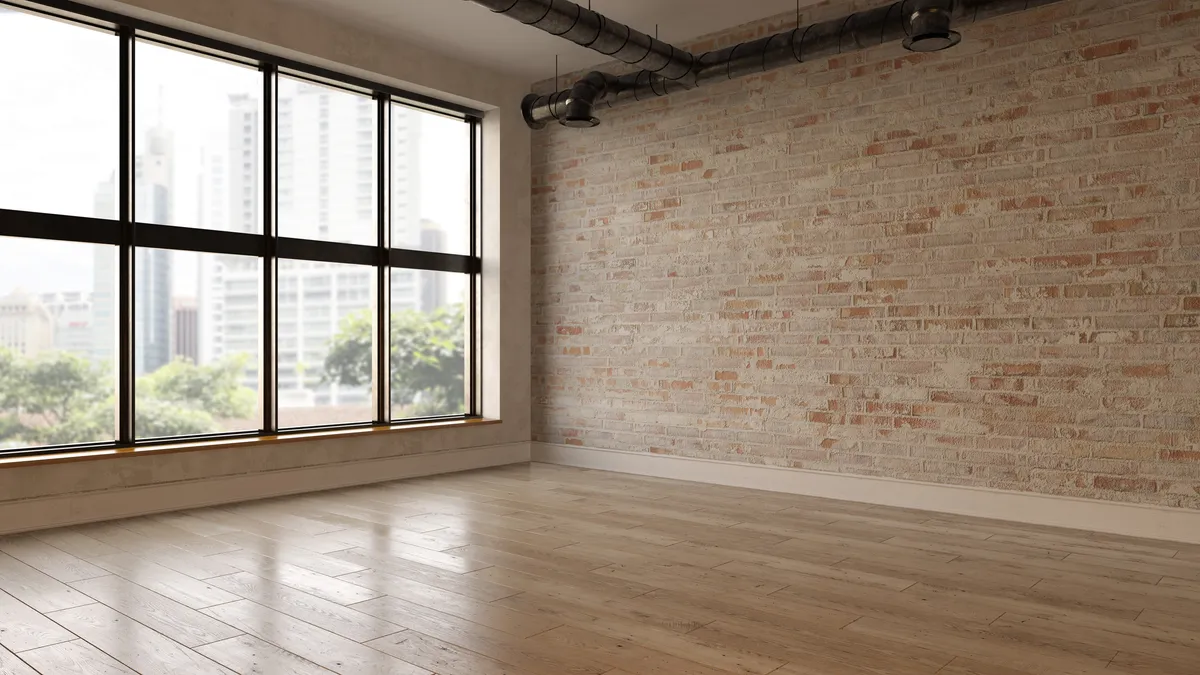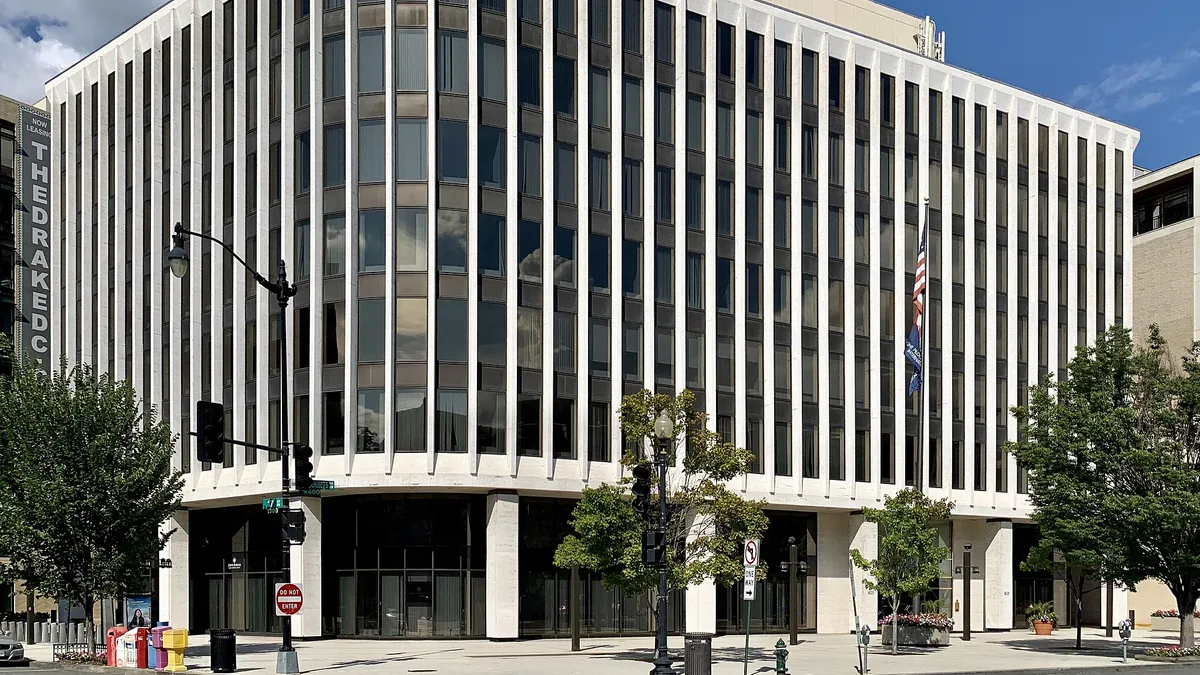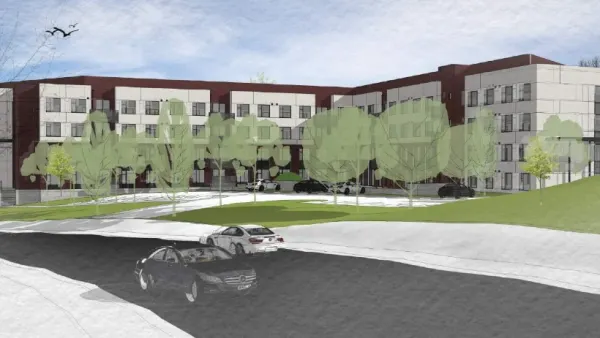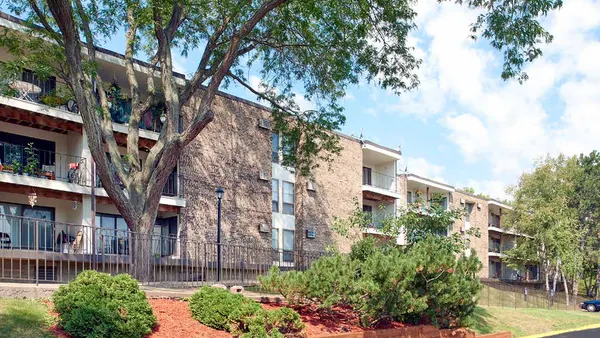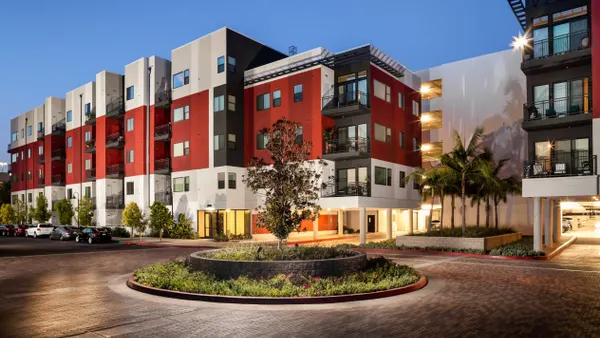Dive Brief:
- There are more than 16 million vacant housing units in the U.S. — or 11.6% of the total housing stock — according to data from the 2020 U.S. Census.
- Out of the seven metro areas where the concentration of vacant housing exceeds the national average, four are located in Florida, according to analysis of vacant housing data by Sam M. Huisache, a data writer at St. Louis-based real estate brokerage Clever Real Estate.
- Orlando, Florida, ranks first with 15.27% of all housing vacant, followed by Miami at 14.75% and Tampa, Florida, at 13.71%. Minneapolis has the lowest vacancy rate out of the top 50 most populous metro markets at 4.6%.
Dive Insight:
The Census Bureau data covers both for-sale and for-rent vacancies in the housing supply of a given area.
Huisache notes that in areas with a high concentration of tourists — such as Florida’s major metros — a large share of total vacancies are made up of seasonal homes that are vacant in the off-season. Other contributing factors to high vacancy rates include unemployment, economic and industrial decline and recent natural disasters.
| City/Region | Vacancy Rate | Total Vacant Units | Homeowner Vacancy Rate | Rental Vacancy Rate |
|---|---|---|---|---|
| Orlando, Florida | 15.27% | 160,952 | 3.1% | 9.7% |
| Miami | 14.75% | 376,027 | 1.7% | 6.4% |
| Tampa, Florida | 13.71% | 196,948 | 1.9% | 6.9% |
| Birmingham, Alabama | 13.23% | 64,509 | 1.4% | 8.1% |
| New Orleans | 13.1% | 73,368 | 1.5% | 7.5% |
| Riverside, California | 12.13% | 189,939 | 1.6% | 4.2% |
| Jacksonville, Florida | 11.87% | 77,931 | 1.9% | 6.3% |
| National | 11.6% | 16,078,532 | 1.4% | 5.8% |
SOURCE: U.S. Census Bureau
Another major influence vacancy rates is rising home values and costs of living. In addition to having the highest rates of vacant housing units in the country, Orlando, Miami and Tampa have also been the top three metros for year-over-year rent growth since February 2022 — though their rent growth rates have fallen back in recent months, according to Yardi Matrix data.
Home values rose faster than the national average in approximately half of the top 50 U.S. metros between 2000 and 2020. Interestingly, the average vacancy rate in those metros is lower than average, while the average vacancy rate is higher than average in metros where home values rose slower than the national average.
“Usually, when there is a high demand for housing in a metro, both housing and overall living costs go up while the vacancy rate decreases,” Huisache told Multifamily Dive. “When there is a higher demand for housing, goods, and services in an area, home sellers, landlords and business owners alike use this as an opportunity to raise their prices.”
A low replacement inventory of new homes for sale — owing to supply chain issues and labor shortages — is another issue, according to Huisache. “This doesn't necessarily stop people from moving to a metro, so vacancy rates decrease,” they said. “However, this does mean that the demand for housing increases while supply remains low, further driving up prices.”


